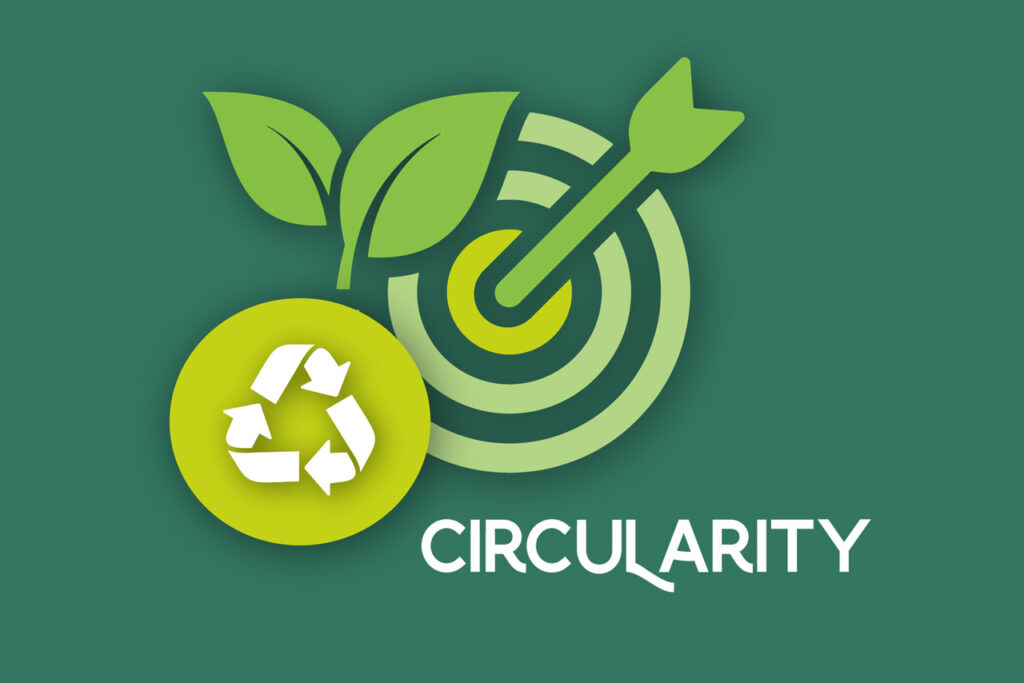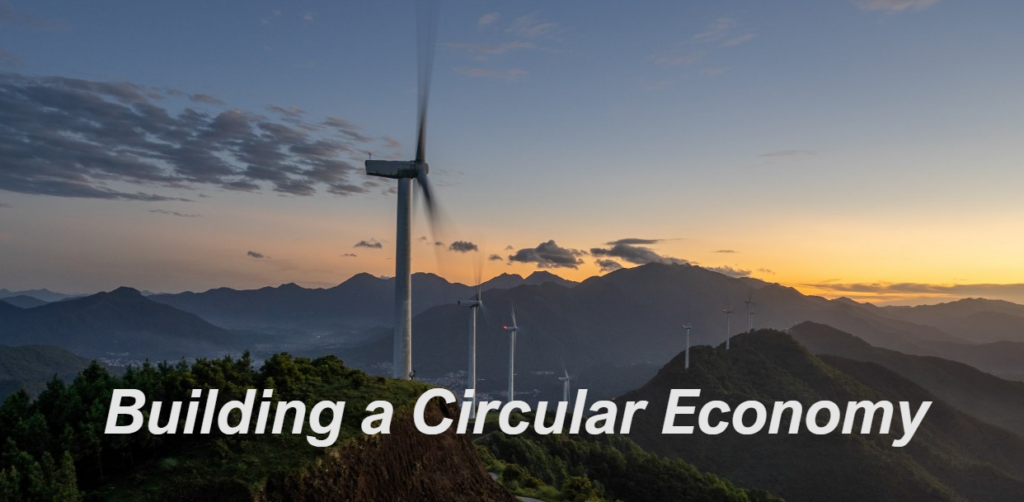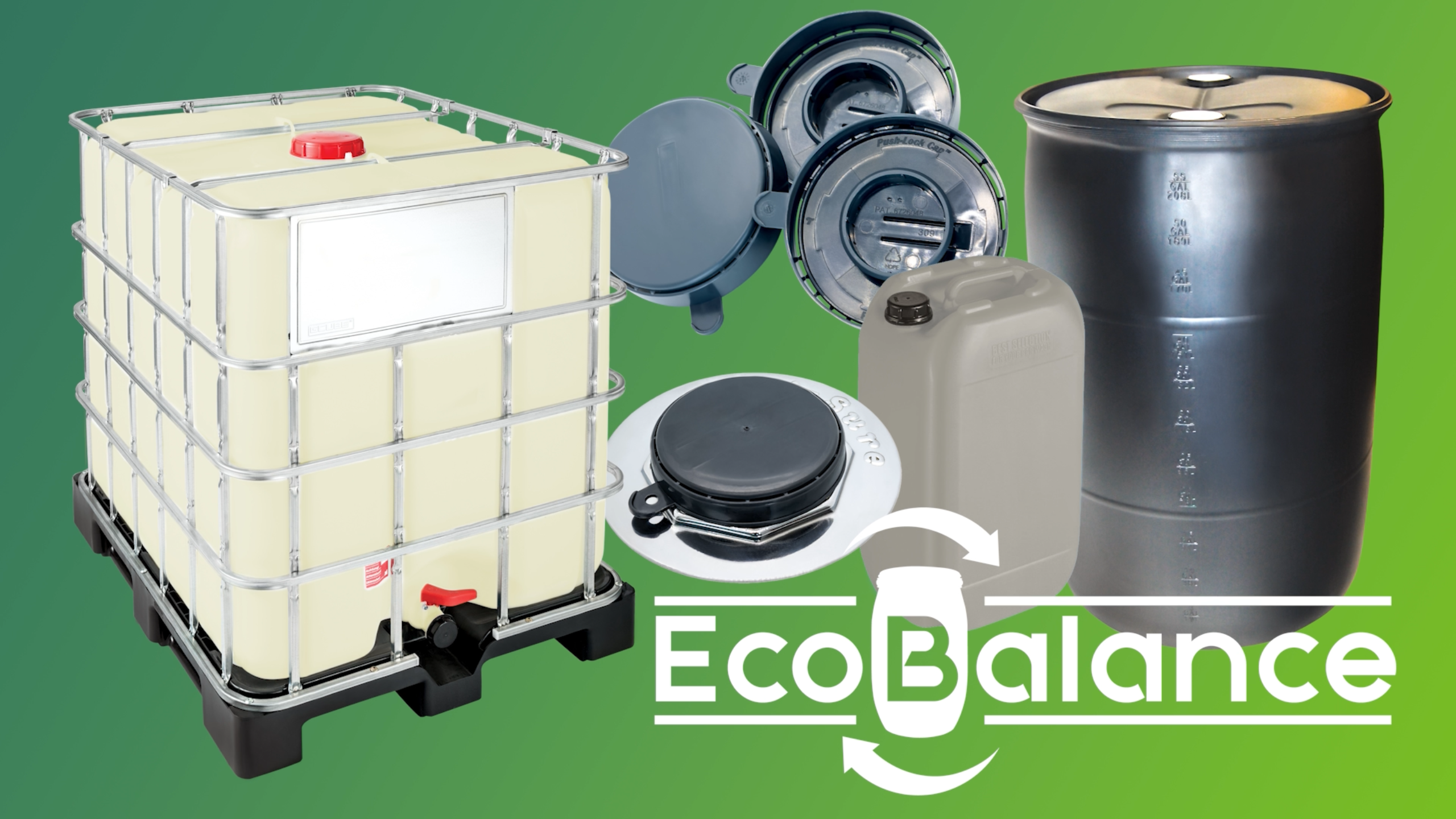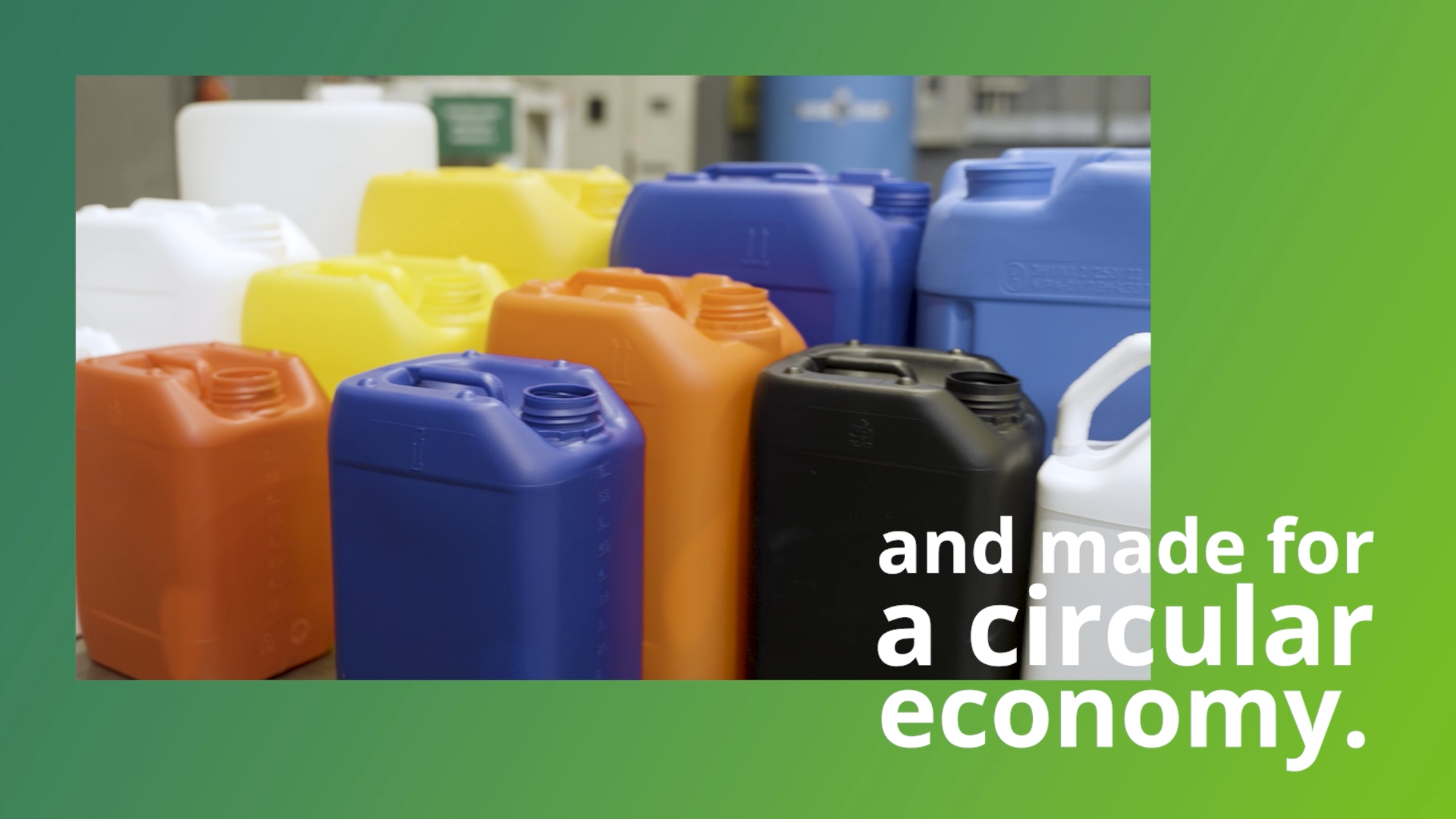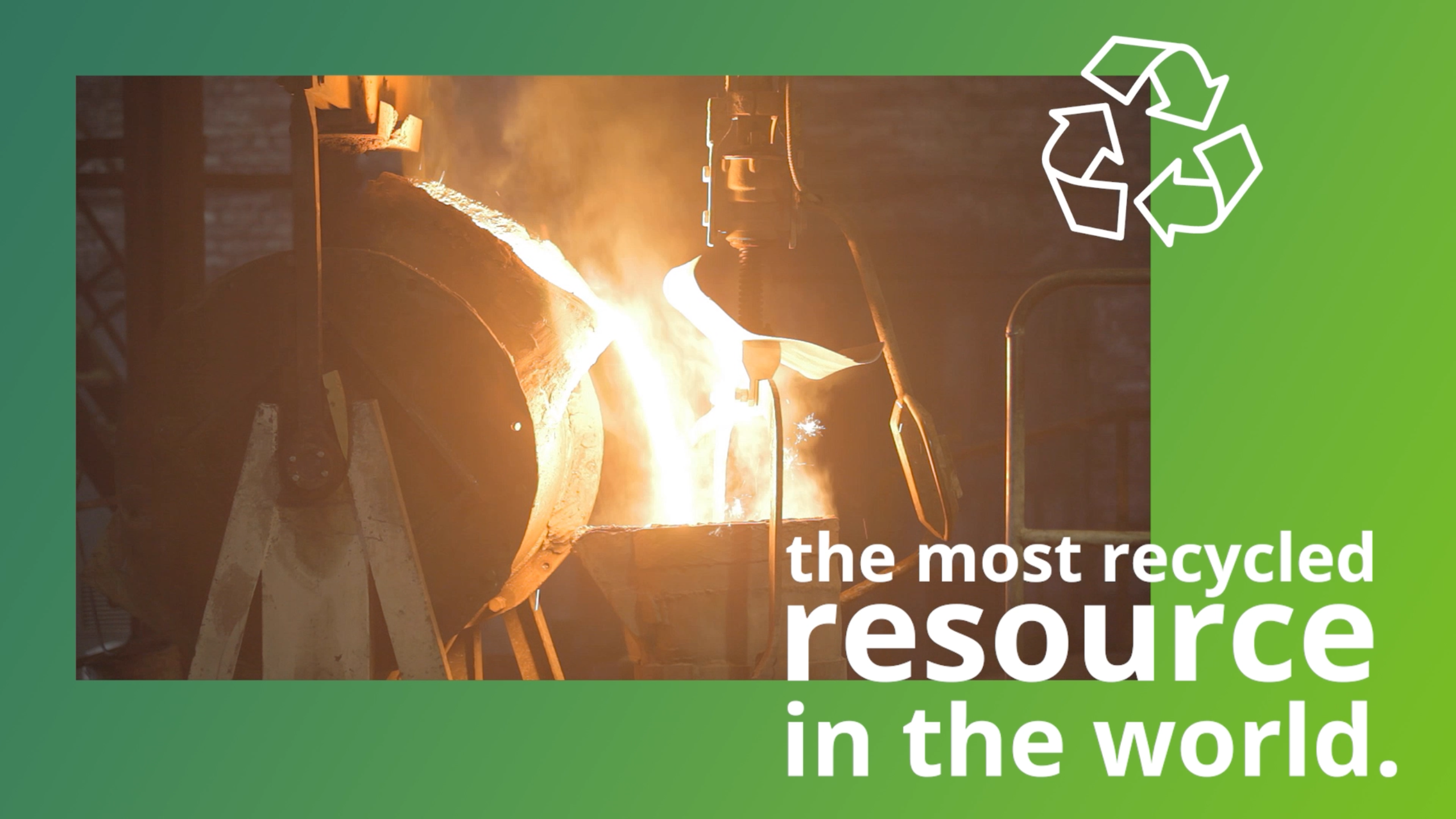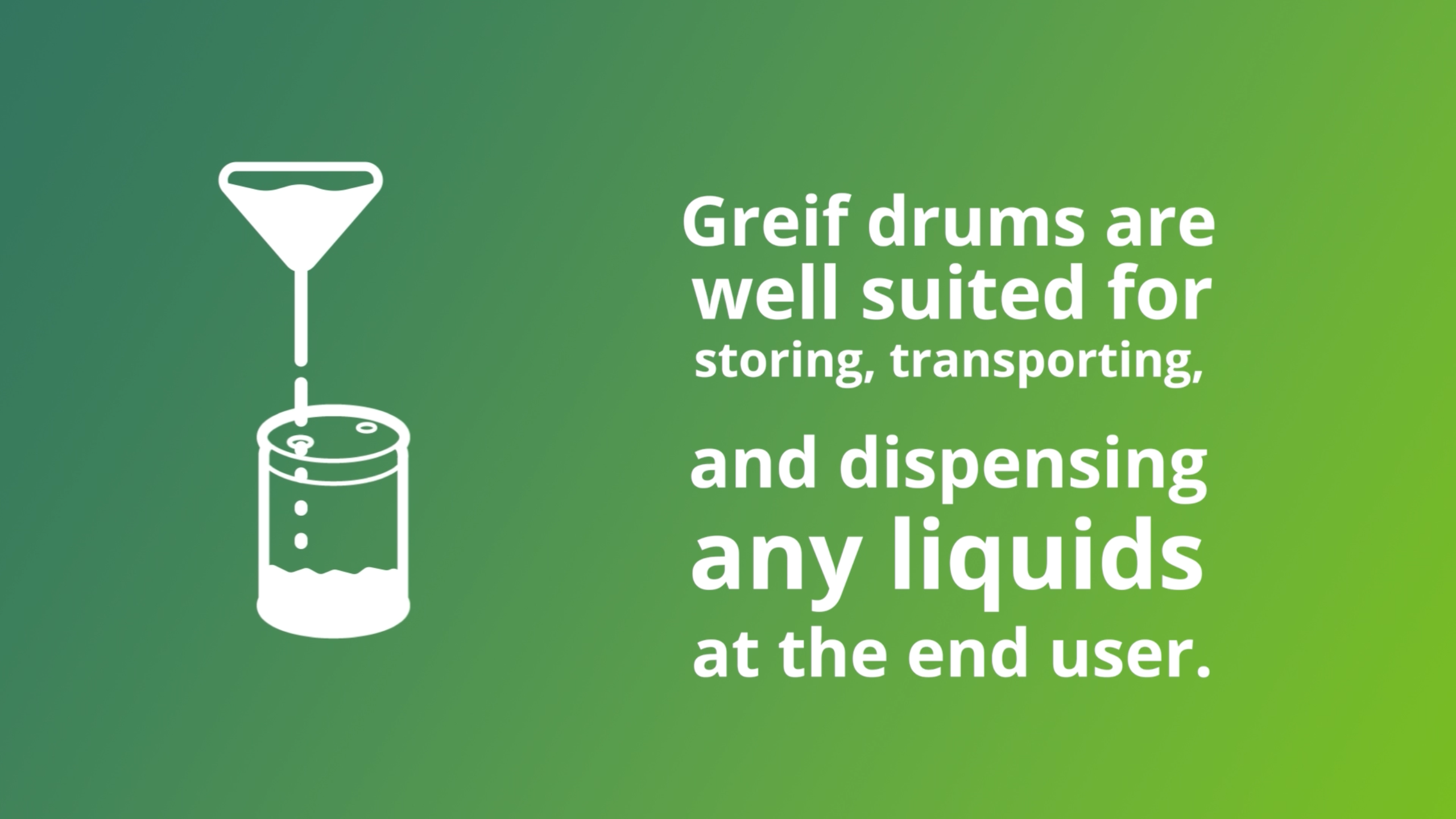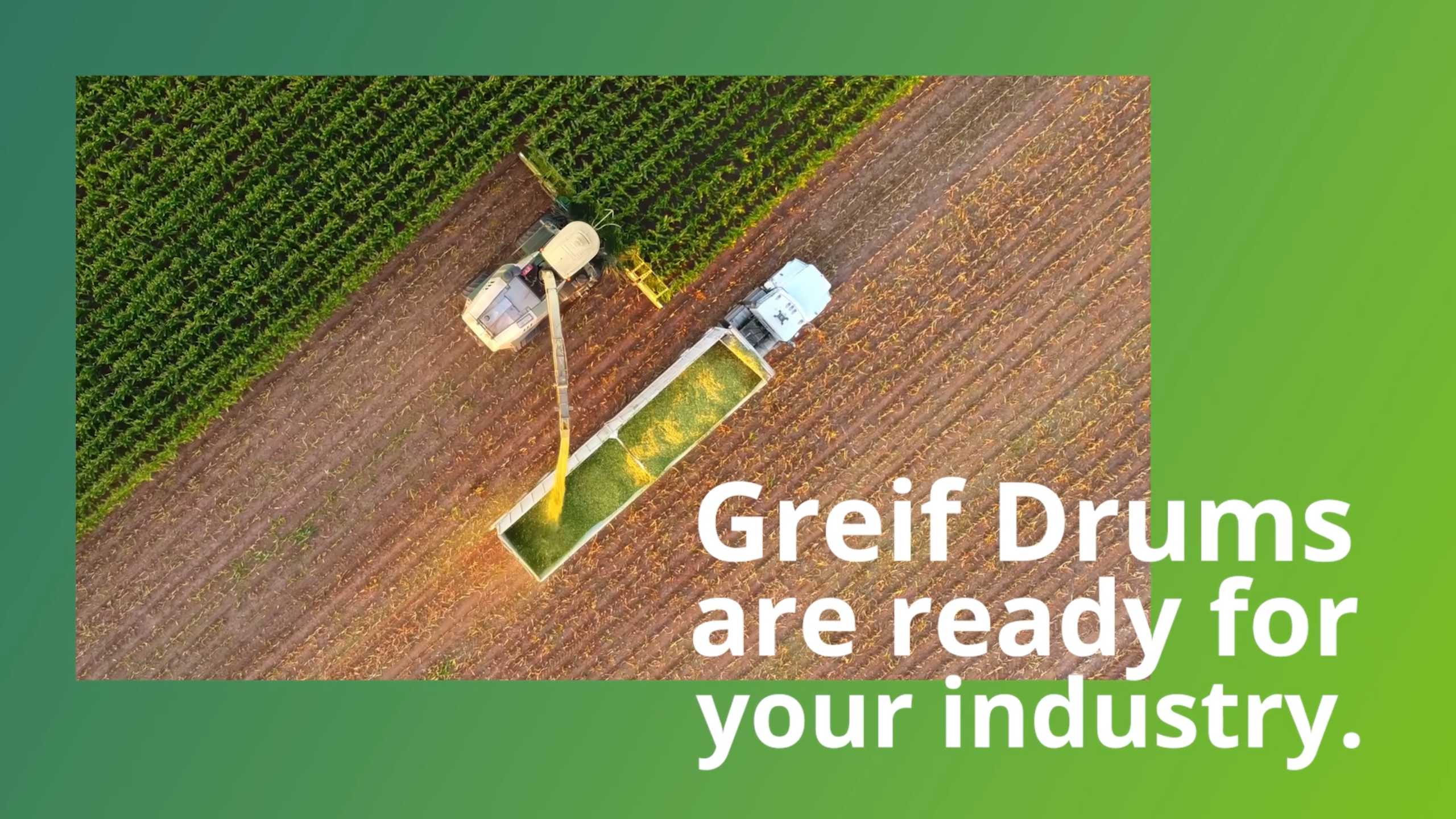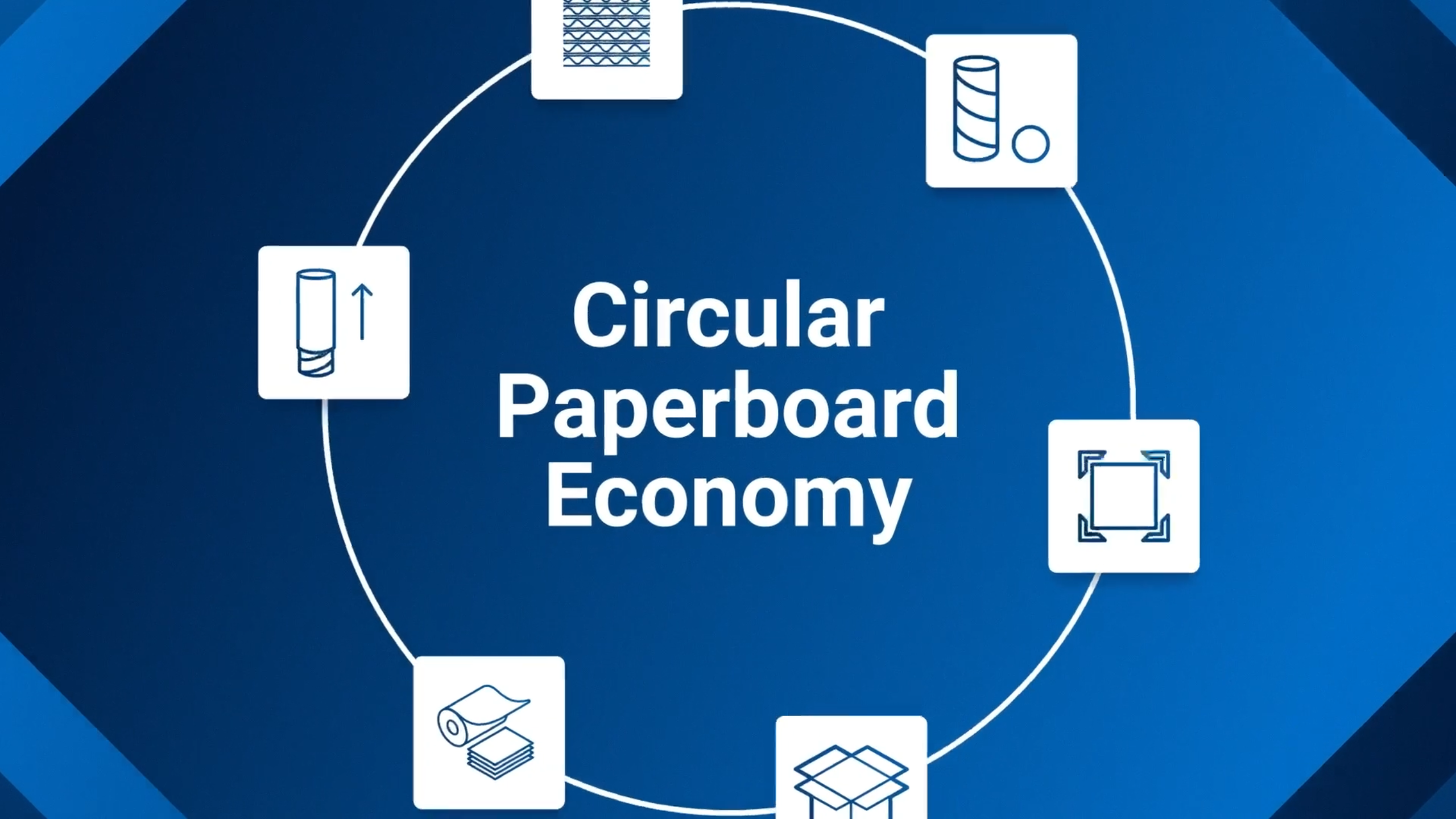In 2007, sustainability wasn’t a household term or a must-have business strategy. Still, Greif saw a need and was committed to a philosophy to become a leader in sustainable innovations that boost the circular economy. The company rolled out an industry-leading sustainability report and has done so just about every year since.
Climate change has driven the conversation, and many of our customers have taken up the task of sustainability, circularity, and decarbonization.
Circularity is a crucial development in the process of sustainable innovation. Greif recently rolled out 2030 sustainability targets, and circularity plays a significant role in attaining the ambitious targets Greif’s leadership sets.

What is circularity?
Circularity refers to a systematic operating model that minimizes waste and promotes the continual use of resources. The circular economy, which aims to keep resources in use for as long as possible, is the driving force behind the concept. This means using what you have rather than extracting and using new resources for every product or service.
In a circular system, waste minimization and resource conservation are critical aspects in designing products and services that can be easily repaired, reused, remanufactured, or recycled. The result is a reduction in the environmental impacts of resource extraction, processing, and disposal. Moreover, the system can create economic benefits by increasing resource efficiency and reducing the need for raw materials.
Examples of circular systems include closed-loop supply chains, where materials are recovered and reused within the same supply chain, and sharing economy platforms, where products and services are shared rather than owned.
Interested in learning more?
Circularity 101
Greif has launched Circularity 101, digital mini-series on all things circularity. Cut through the noise and learn the basics of the circular economy and why it matters to you and everyone else on Earth.
What does it mean to close the loop? What is circularity? And how does it help? Let’s find out!
SWAY: Building a Circular Economy
A circular economy aims to reuse and recycle materials continuously, eliminating waste and conserving natural resources. Circular economy principles are inspired by nature’s regenerative cycles, where organic products decompose and nourish the soil for new growth.

